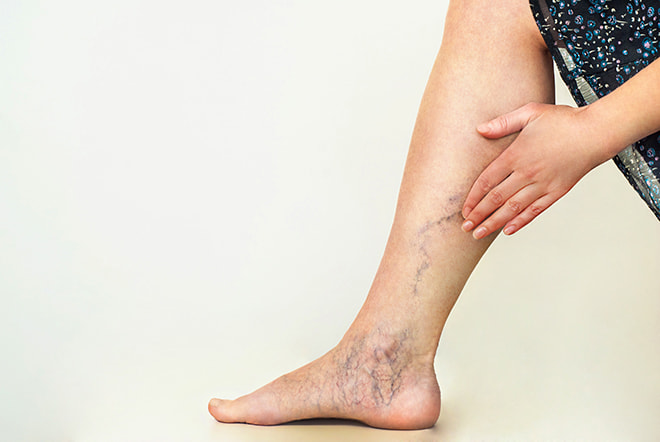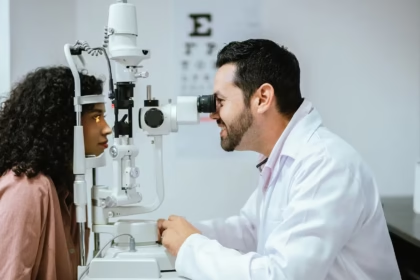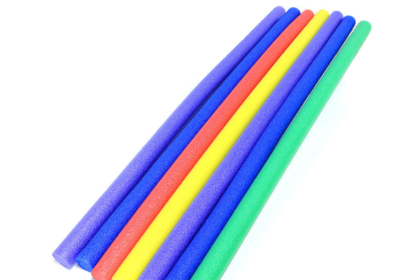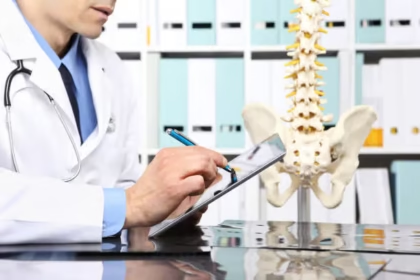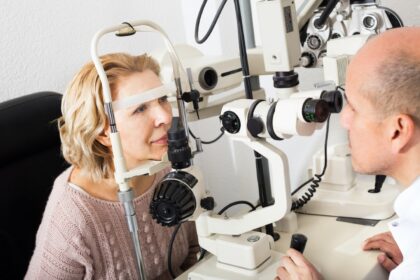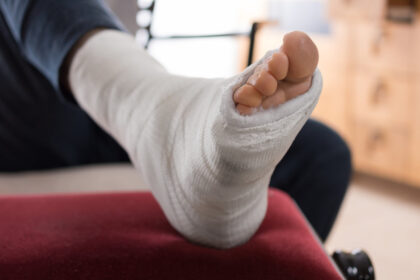Varicose veins are enlarged, twisted veins that often appear blue or dark purple. They develop when tiny valves inside the veins weaken, causing blood to flow backward and pool in the vein. Some people find these veins cause aching pain, swelling, and a feeling of heaviness. Here are some treatment options for varicose veins:
Compression Therapy
Compression therapy is often the first step in managing varicose veins. This approach involves wearing specially designed compression stockings or socks that apply gentle, graduated pressure to the legs. The pressure supports the vein walls and helps the muscles and veins move blood more efficiently back toward the heart.
Compression stockings are available in a range of strengths, lengths, such as knee-high, thigh-high, or full-length, and materials to fit individual needs. A healthcare provider may measure your leg to recommend the right size and strength to achieve the desired effect. People who use compression therapy typically notice a reduction in swelling, aching, and tiredness in their legs by the end of the day.
While they do not remove varicose veins, these garments serve as supportive tools for managing symptoms and enhancing comfort during daily activities. By applying gentle pressure, they help improve blood flow and prevent pooling, which can reduce swelling and leg fatigue. Some wear them during exercise, long periods of standing, or when traveling.
Endovenous Ablation
Endovenous ablation presents a minimally invasive solution for treating problematic veins. This procedure uses heat to close off varicose veins, preventing blood from flowing through them. The heat source comes from either laser energy or radiofrequency waves, which are delivered into the vein through a narrow catheter.
The process begins with ultrasound guidance to locate the affected vein. A small incision allows the catheter to be gently threaded into the targeted vein. Once in place, controlled heat is applied to the lining of the vein, causing it to shrink and seal shut. Blood then flows through healthy veins nearby. This procedure is typically performed on an outpatient basis, with recovery often occurring quickly and resulting in minimal downtime. Discomfort is usually mild, and many resume daily routines soon after.
Iliac Vein Stenting
Varicose veins in the legs may stem from an issue higher up in the pelvis in the iliac veins. These veins sometimes become narrowed or compressed by nearby structures, which restricts blood flow and causes increased pressure in the veins of the lower legs. Iliac vein stenting aims to restore this blood flow.
During the procedure, a thin wire is guided into the narrowed iliac vein using imaging technology. A self-expanding metal mesh tube, called a stent, is inserted and expanded to keep the vein open permanently. With the vein now unobstructed, blood can return more efficiently from the legs to the heart, reducing strain on smaller veins below. Stenting is often recommended when other therapies have not alleviated symptoms or when the blockage is clearly identified by diagnostic imaging.
Ovarian Vein Embolization
Women experiencing varicose veins that originate in the pelvis or upper legs may have a condition called pelvic congestion syndrome. Faulty ovarian veins allow blood to pool, creating extra pressure that leads to discomfort, heaviness, and sometimes visible veins. Ovarian vein embolization is a minimally invasive treatment designed to correct this by sealing off the problematic veins. A small catheter is inserted through a vein in the groin or neck under image guidance. Tiny coils or a medical solution are released through the catheter to block the faulty ovarian vein, rerouting blood into healthier vessels. Some women find that this reduces pelvic pain and other related symptoms.
Treat Varicose Veins Today
Exploring your treatment options is a key step toward managing varicose veins. Each situation is unique, requiring a careful review of symptoms, vein structure, and overall health history. Vein specialists may also recommend alternative treatments, such as microphlebectomy. Contact a vascular surgeon today to learn more about treating problematic veins.


